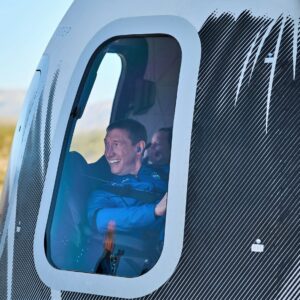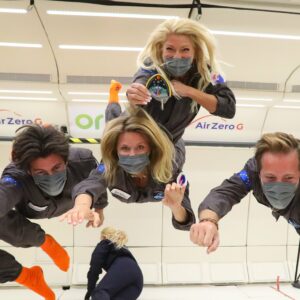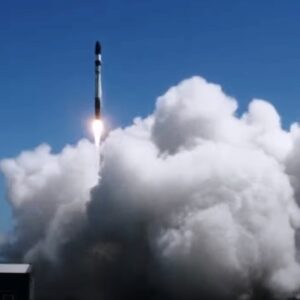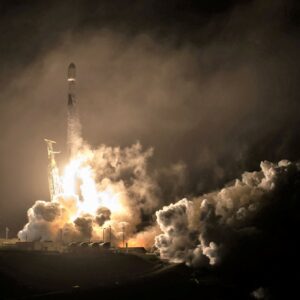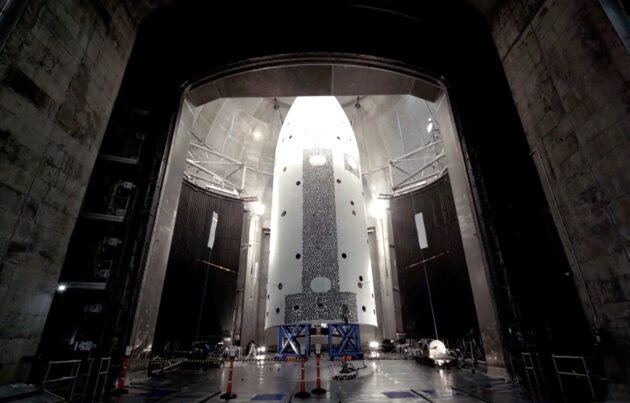
Jeff Bezos’ Blue Origin space venture is still months away from the first launch of its orbital-class New Glenn rocket, but tests that were recently conducted at NASA’s Glenn Research Center are boosting confidence that the rocket’s cavernous nose cone, or fairing, will work as intended.
In a video released today via Twitter and Instagram, Blue Origin touted the first jettison test of the 7-meter-wide (23-foot-wide) fairing at Glenn Research Center’s Armstrong Test Facility Space Environments Complex in Ohio. The test was designed to ensure that the fairing would split apart cleanly to allow for payload deployment.
The complex houses the world’s largest vacuum chamber, measuring 100 feet in diameter and 122 feet in height. “It’s the only place in the world that we can test out this fairing in an environment similar to what the rocket will be seeing in space,” said Shawna Sherwood Ryan, a project manager and test conductor at Blue Origin.
Blue Origin said the test “validated acoustics, cleanliness and environments that payload customers are expecting.”
The current timeline calls for Blue Origin to launch its reusable New Glenn rocket from Florida for the first time late this year, but that depends on how the company hits its development milestones along the way.
One key milestone has to do with the first-stage booster’s BE-4 rocket engines: In December, Ars Technica reported that Blue Origin wouldn’t be able to deliver BE-4 engines for United Launch Alliance’s Vulcan rocket until the second quarter of 2022 at the earliest — which is months behind schedule.
And that’s not the only hurdle ahead. Scott Henderson, Blue Origin’s Florida site director, recently told Spectrum News 13 that his team was aiming for an integrated test and wet dress rehearsal in the third quarter of the year.
“The big things that we have remaining are to complete the first flight articles, payload fairings, which will house the satellites that we’re launching,” he said. “And while the launch pad is done, now we have to marry up the booster with the launch pad and to check out all the propellant, high-pressure gas, hydraulic systems and all the command and control systems that are necessary to launch.”
